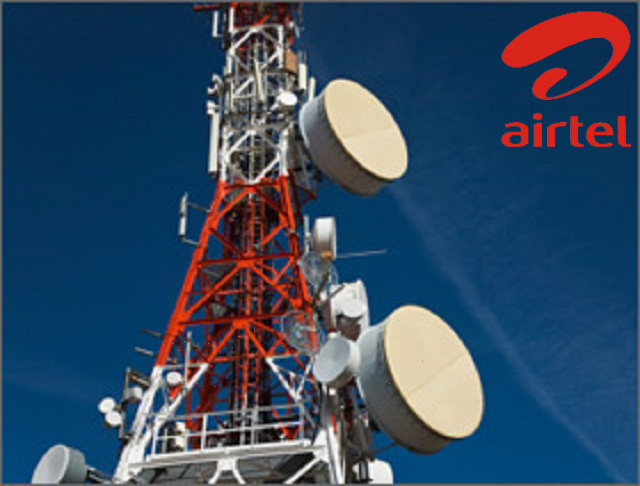
Airtel India CEO Gopal Vittal today announced the telecom network operator’s strategies to make more investment in green technologies.
The investment in green technologies – as part of the Rs 60,000 crore investment program under Project Leap – will assist Airtel to bring down its carbon footprint emission by 70 percent by 2018.
Bharti Airtel today said it migrated 40,000 of its network sites to green technology.
Vodafone, Idea Cellular, Reliance Communications, Aircel, Tata Docomo, BSNL and Telenor India are yet to disclose the latest number of their green sites.
Airtel India CEO Gopal Vittal said: “We are committed to bringing down the carbon emission by 70 percent. We have maintained strict adherence to Indian emission norms along with our company safeguard policy – thereby ensuring that emissions from network sites are safer than those from the light bulbs we use at homes.”
Bharti Airtel, India’s #1 telecom operator based on mobile revenue and subscriber base, has adopted a range of innovative methods like reducing power consumption by switching off unused capacity of its network sites during lean periods. It is reducing power consumption and air wave emissions by optimizing signal transmission between the network and the device.
“We plan to adopt solar and new battery technologies in a big way and double our Green network sites by 2020. With a strategic focus on creating a green network, we remain committed to learning from the telecom industry’s best practices from across the globe,” added Vittal.
The telecom company has already installed roof top solar power capacity base of 770 KWp and plans to increase this capacity to 1 MWp in coming months and enhancing renewable energy wheeling by solar/wind/hydro on core sites – consuming > 65 GWH/Annum of green energy.
Bharti Airtel is investing heavily into the latest radio technology that will help optimize both power and space.
Of the total network installed base, 60 percent has been deployed on a zero footprint architecture with no air conditioning thereby reducing dependency on diesel.
More than 40,000 of these Green network sites are designed to operate largely on battery-hybrid, lithium-ion and solar hybrid solutions with very little diesel consumption.





